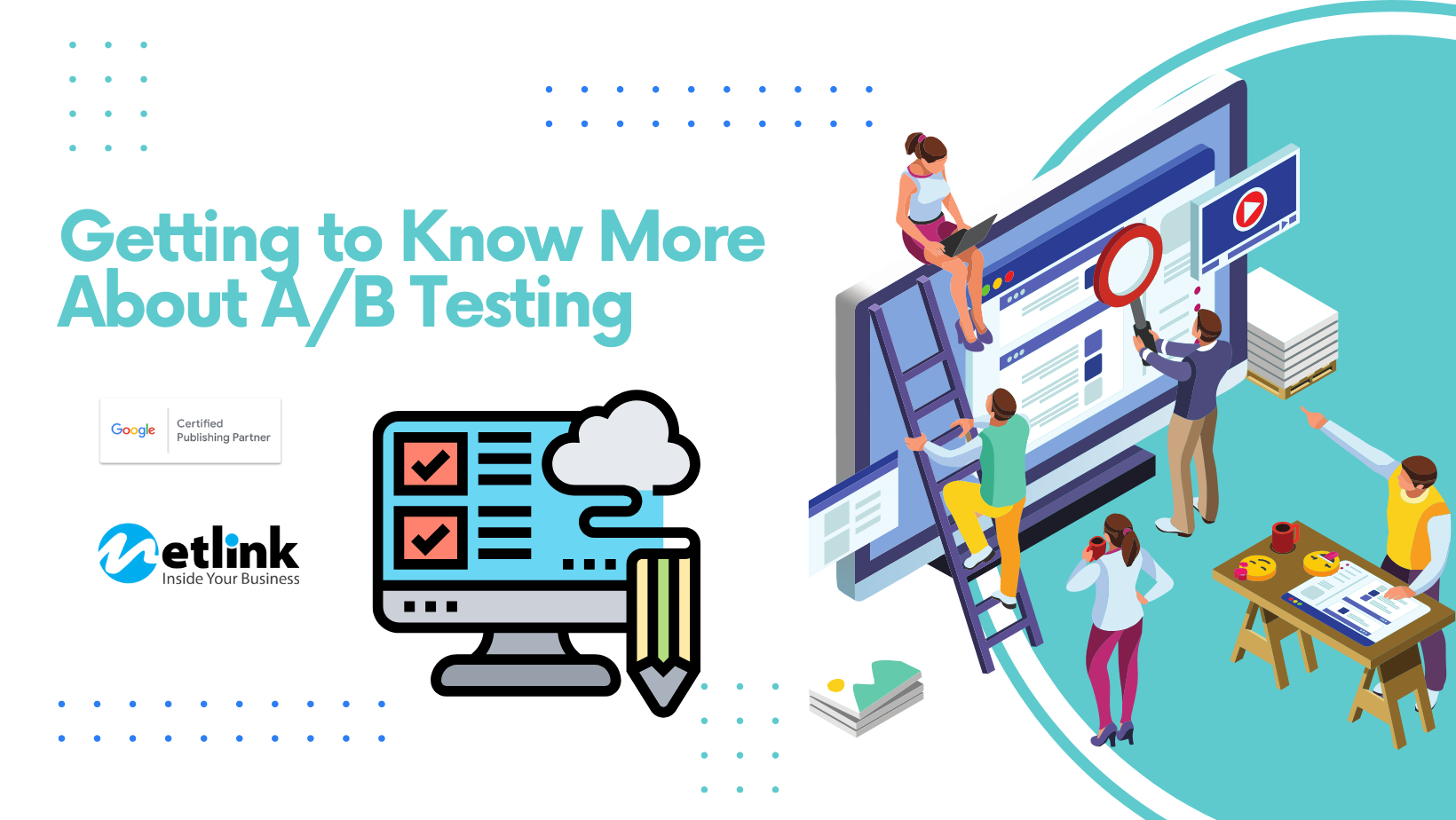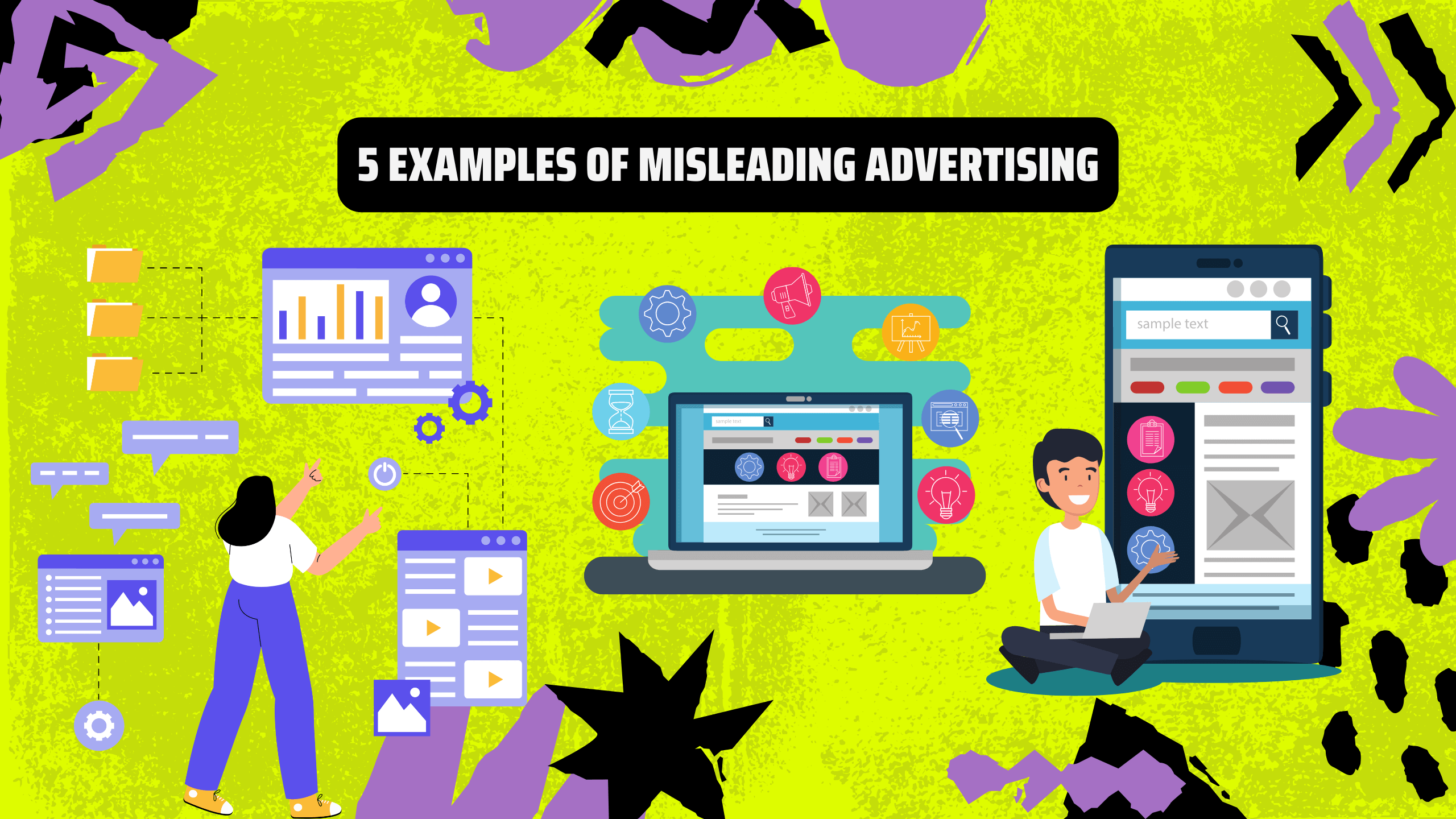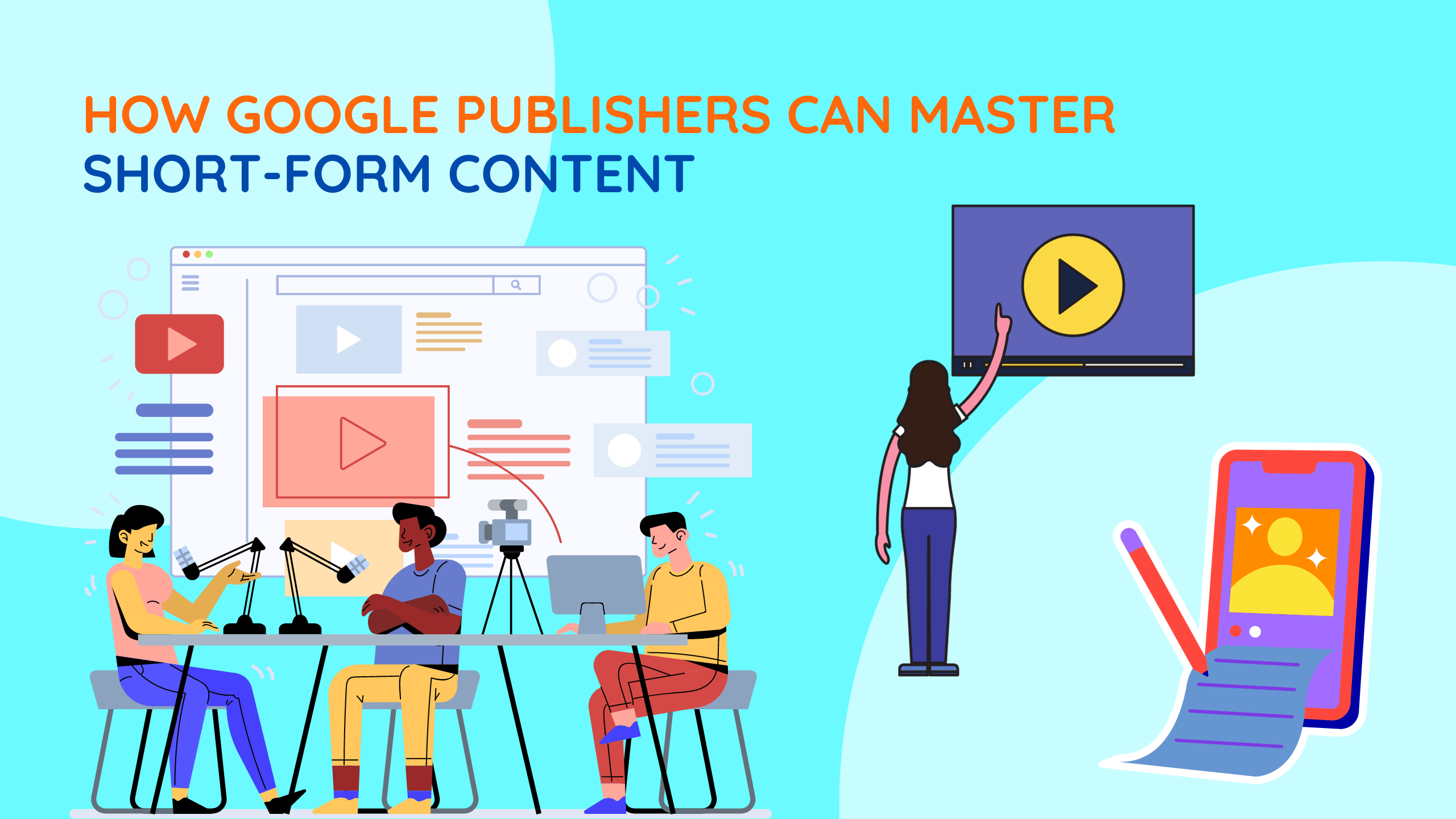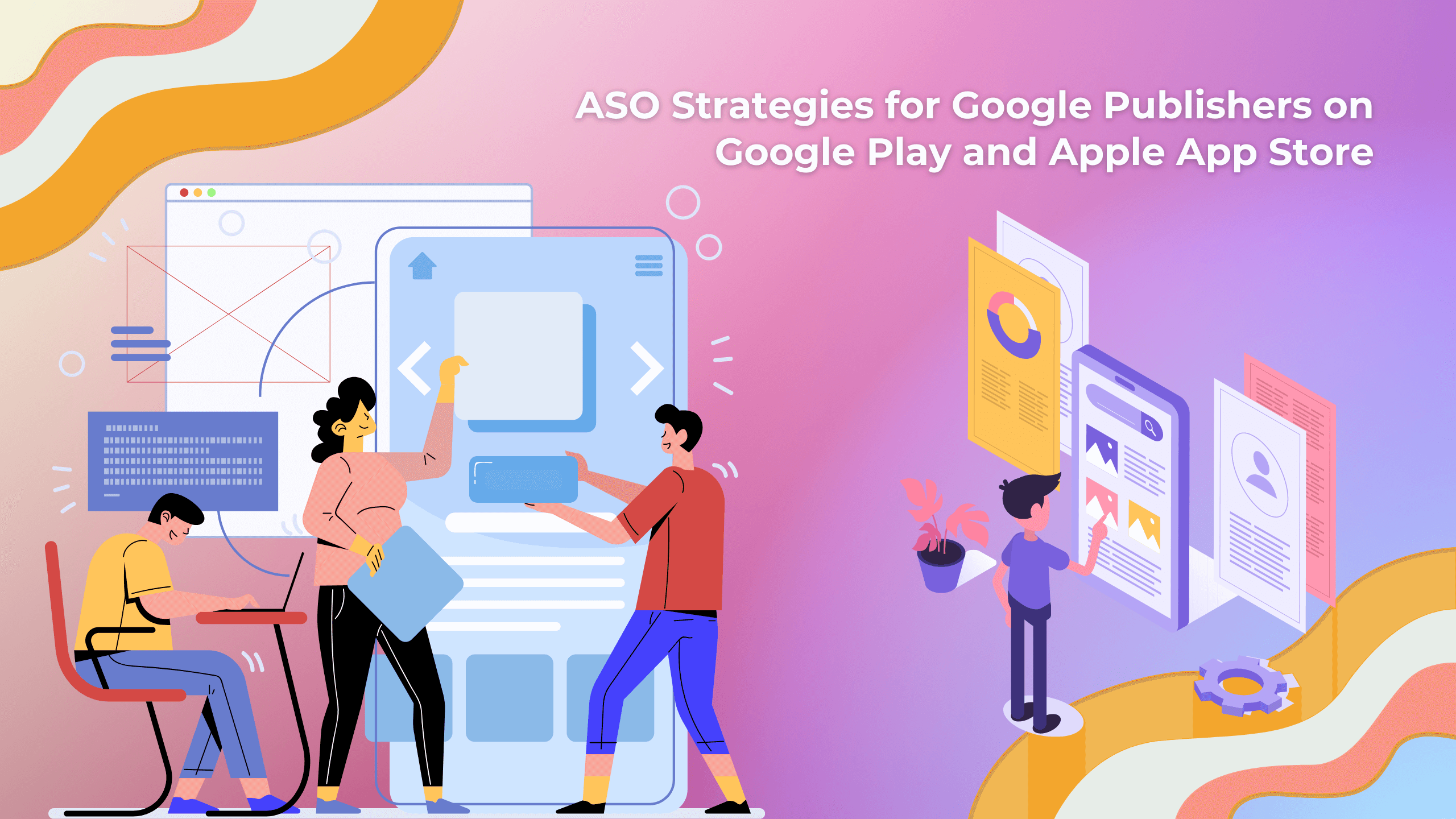User engagement and content performance hold the key to success, that is the ultimate formula that any publisher would know. A/B testing emerges as a strategic tool in the arsenal of publishers, enabling them to fine-tune their strategies, optimize content, and enhance user experiences. In this blog, we embark on a journey to unravel the potential of A/B testing, offering insights into its mechanics, relevance, and compelling benefits for publishers seeking to thrive in the ever-evolving landscape.
I. What is A/B Testing?
At its core, A/B testing, also known as split testing, is a methodical experiment where two versions of a webpage, app screen, or other digital content are pitted against each other to determine which one performs better. By presenting these versions to different segments of your audience and comparing their performance, publishers can make data-driven decisions on design elements, content variations, and overall strategies.
II. How Does A/B Testing Work?
The process is straightforward: a publisher creates two variations of a particular element (such as a headline, image, call-to-action, or layout) and exposes these variations to separate groups of users. The performance metrics, like click-through rates, conversion rates, or engagement levels, are then meticulously tracked and analyzed. This data provides insights into which variation resonates more effectively with the audience, allowing publishers to make informed decisions about which version to adopt.
III. Who Needs to Use A/B Testing?
The short answer? Any publisher looking to enhance their online presence and user engagement. A/B testing is particularly valuable for publishers who seek to optimize their websites, apps, email campaigns, and even social media strategies. Whether you’re a content creator, e-commerce platform, news outlet, or service provider, A/B testing can help you refine your offerings based on real user preferences.

IV. Benefits of A/B Testing for Publishers
1. Data-Driven Insights:
In the fast-paced digital world, publishers often face tough decisions on design, content, and layout. A/B testing removes the guesswork by providing objective data on what works best. Instead of relying on assumptions or opinions, publishers can trust concrete metrics to inform their choices, ensuring that changes are backed by evidence.
2. Enhanced User Experience:
A/B testing allows publishers to gain a deep understanding of user preferences and behaviours. By testing different variations of elements like headlines, images, or call-to-action buttons, publishers can discover which combinations resonate most with their audience. This leads to a more tailored user experience, where content aligns closely with what users want, resulting in increased engagement and satisfaction.
3. Optimized Content Performance:
Every element on a webpage or app can impact user interaction. A/B testing enables publishers to pinpoint the exact components that have the most significant impact on performance metrics. By identifying which variations lead to higher click-through rates, conversions, or other desired actions, publishers can make informed decisions about content strategies to maximize results.
4. Continuous Improvement:
A/B testing is not a one-time endeavour; it’s a dynamic process of refinement. Publishers can continually test and fine-tune their content, iterating over time to find the sweet spot that delivers the best outcomes. This iterative approach ensures that publishers are always adapting to changing user preferences and staying ahead of trends.
5. Risk Mitigation:
Radical changes to a website or app can sometimes lead to unexpected negative consequences. A/B testing provides a safety net by allowing publishers to experiment on a small scale before rolling out changes widely. This minimizes the risk of alienating users with sudden, dramatic alterations, giving publishers the chance to identify potential pitfalls before they become larger issues.
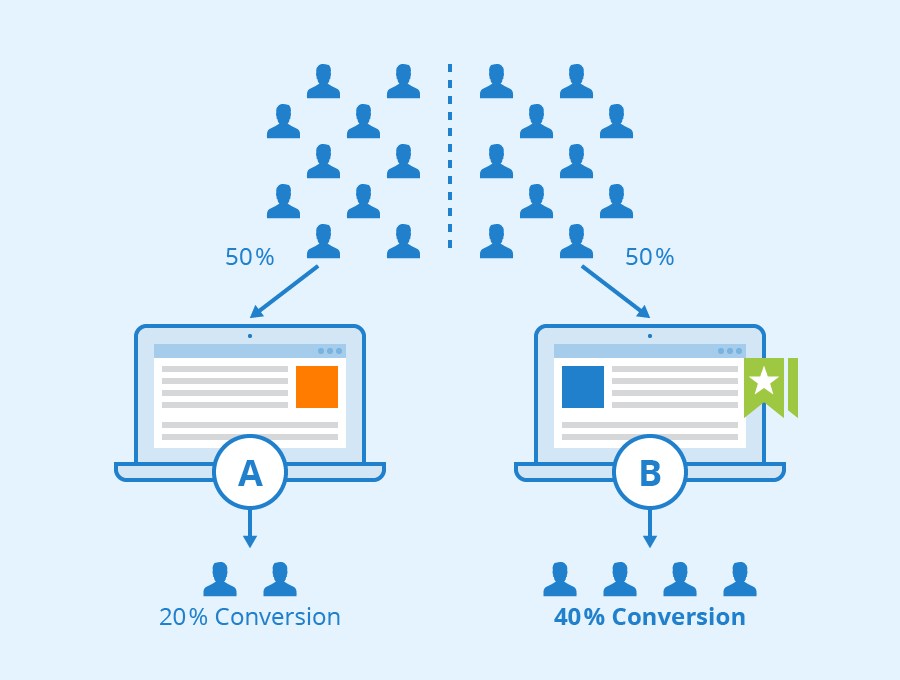
6. Personalization Possibilities:
A/B testing isn’t just about finding the best-performing elements; it’s also about discovering what resonates with different segments of your audience. This data can lay the groundwork for more advanced personalization strategies. By tailoring content to specific user groups based on their preferences, publishers can deliver a highly relevant experience that fosters deeper connections and engagement.
7. Competitive Edge:
In the crowded digital landscape, staying competitive requires a commitment to optimization. Publishers who leverage A/B testing gain a competitive edge by consistently improving their offerings. This not only boosts user satisfaction but also helps publishers stand out among the sea of competitors vying for user attention.
8. Resource Allocation:
A/B testing helps publishers allocate resources more effectively. Instead of investing time and money into changes that may or may not work, publishers can focus their efforts on strategies that have been proven to yield positive results. This streamlined approach optimizes resource allocation for better ROI.
9. Performance Monitoring:
A/B testing doesn’t end with the experiment; it extends into ongoing performance monitoring. Publishers can track how changes impact long-term metrics, ensuring that the positive effects of optimization efforts are sustained over time.
10. Empirical Insights for Decision Makers:
In organizations with multiple decision-makers, A/B testing provides empirical data that can guide discussions and choices. Instead of relying solely on opinions or assumptions, decision-makers can refer to concrete performance data when making strategic choices.
In the competitive world of digital publishing, A/B testing serves as a guiding light. It empowers publishers with the tools they need to make informed decisions, improve user experiences, and achieve better results across their digital properties. As the digital landscape continues to evolve, A/B testing remains a cornerstone of successful publishing strategies, enabling publishers to adapt and thrive in an ever-changing environment.
Conclusion
A/B testing emerges as a powerful tool for publishers navigating the digital landscape. By harnessing the insights offered through this methodical experimentation, publishers can not only optimize their content and strategies but also create a more engaging and user-centric online environment. As the digital realm continues to evolve, A/B testing remains a crucial asset for publishers striving for success in a competitive landscape.

